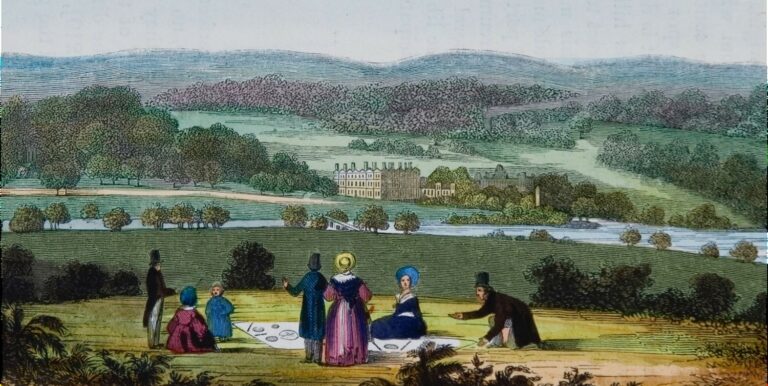At the heart of the Victorian garden was a love of order and display. Formal layouts, symmetrical flowerbeds, and tidy gravel paths showcased the gardener’s skill and discipline, but alongside this formality was a romantic streak, inspired by the picturesque landscapes of earlier designers like Humphry Repton. In larger estates, winding paths, shrubberies, and hidden corners created a sense of mystery and escape.





